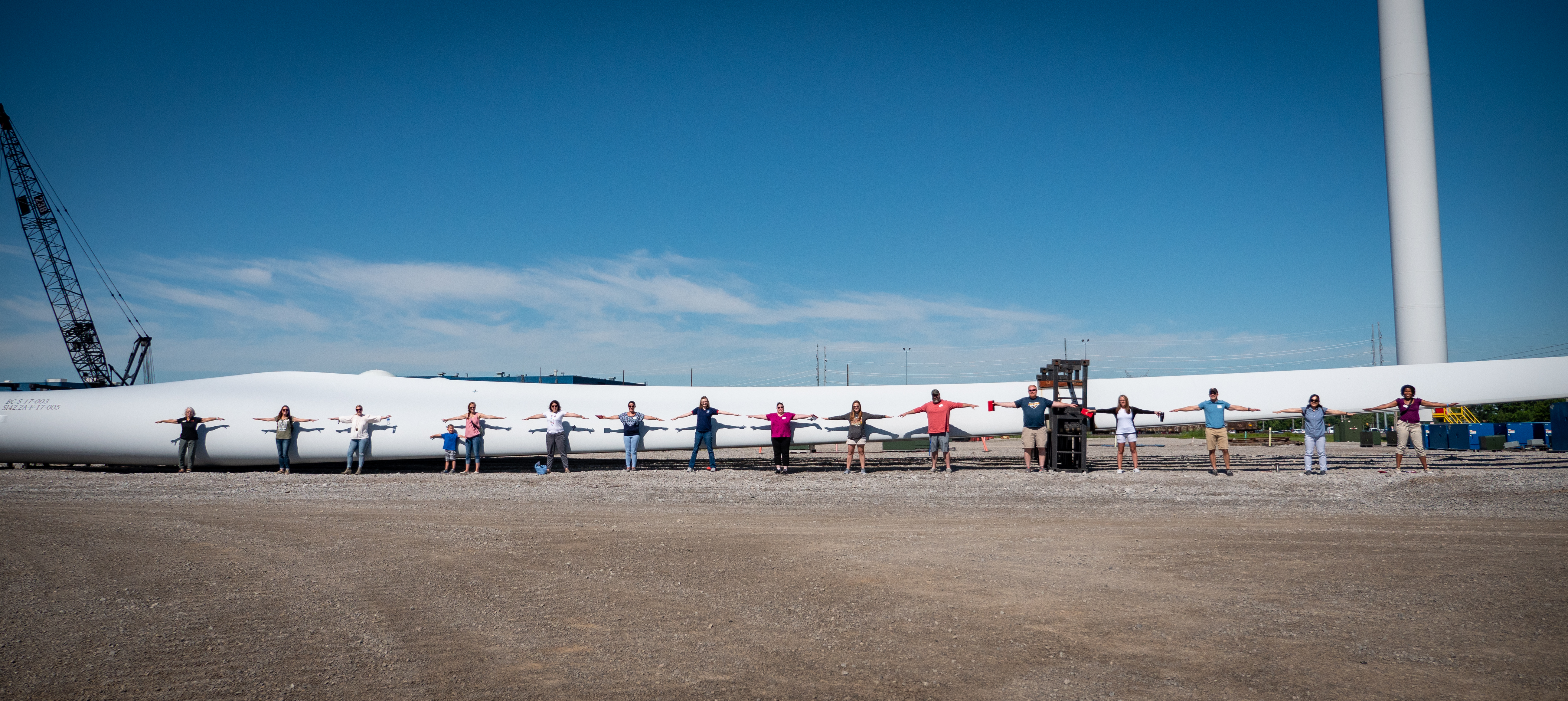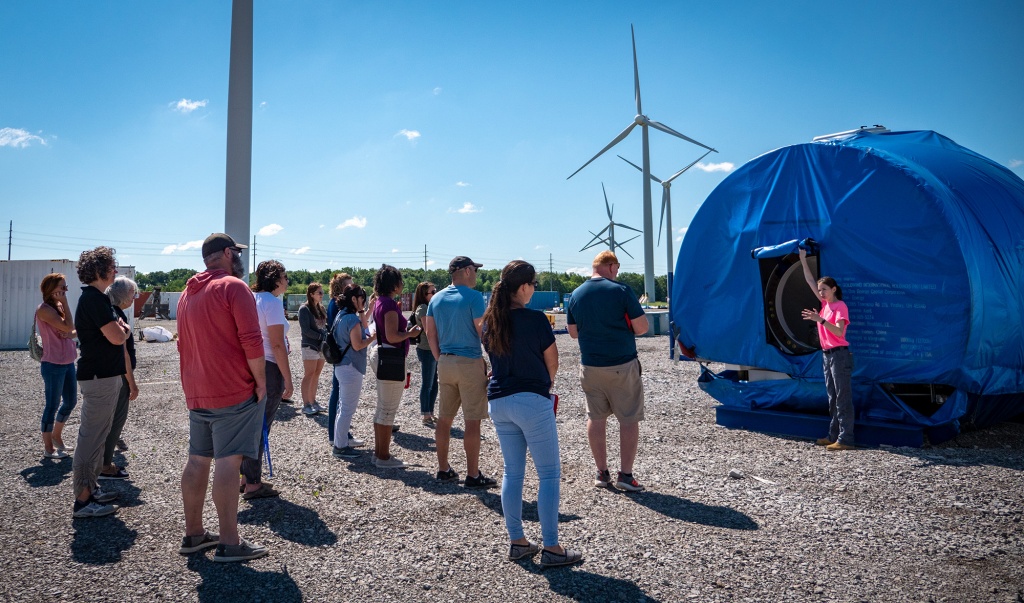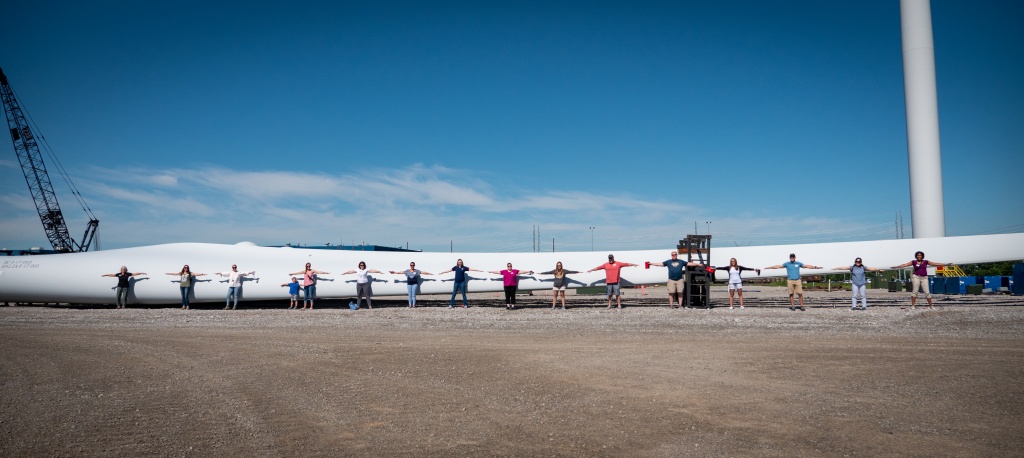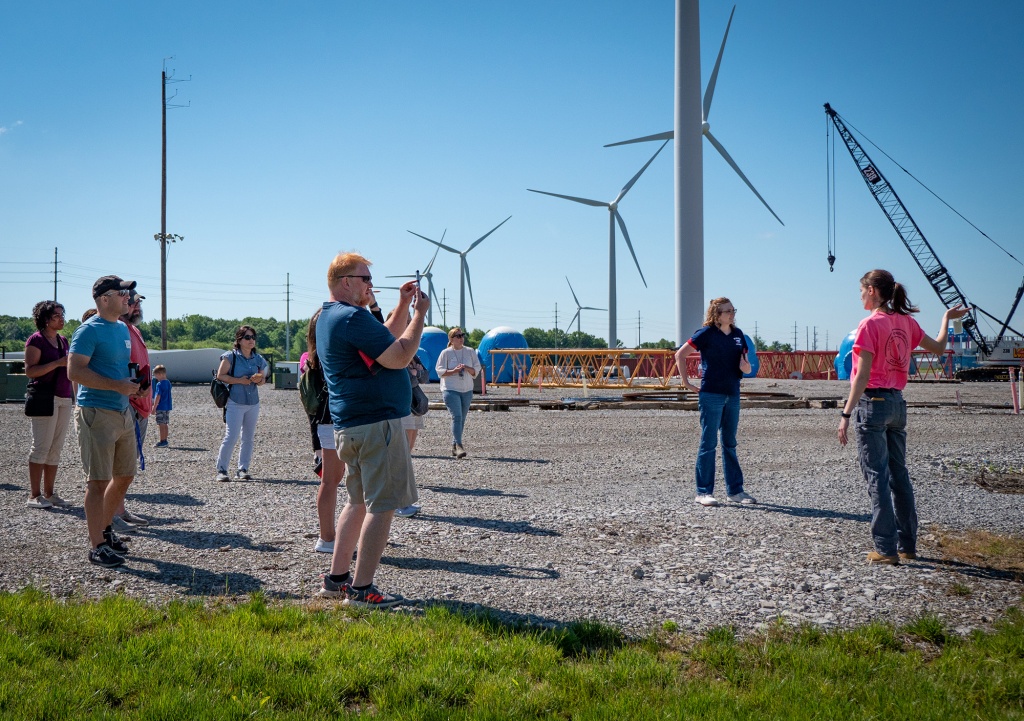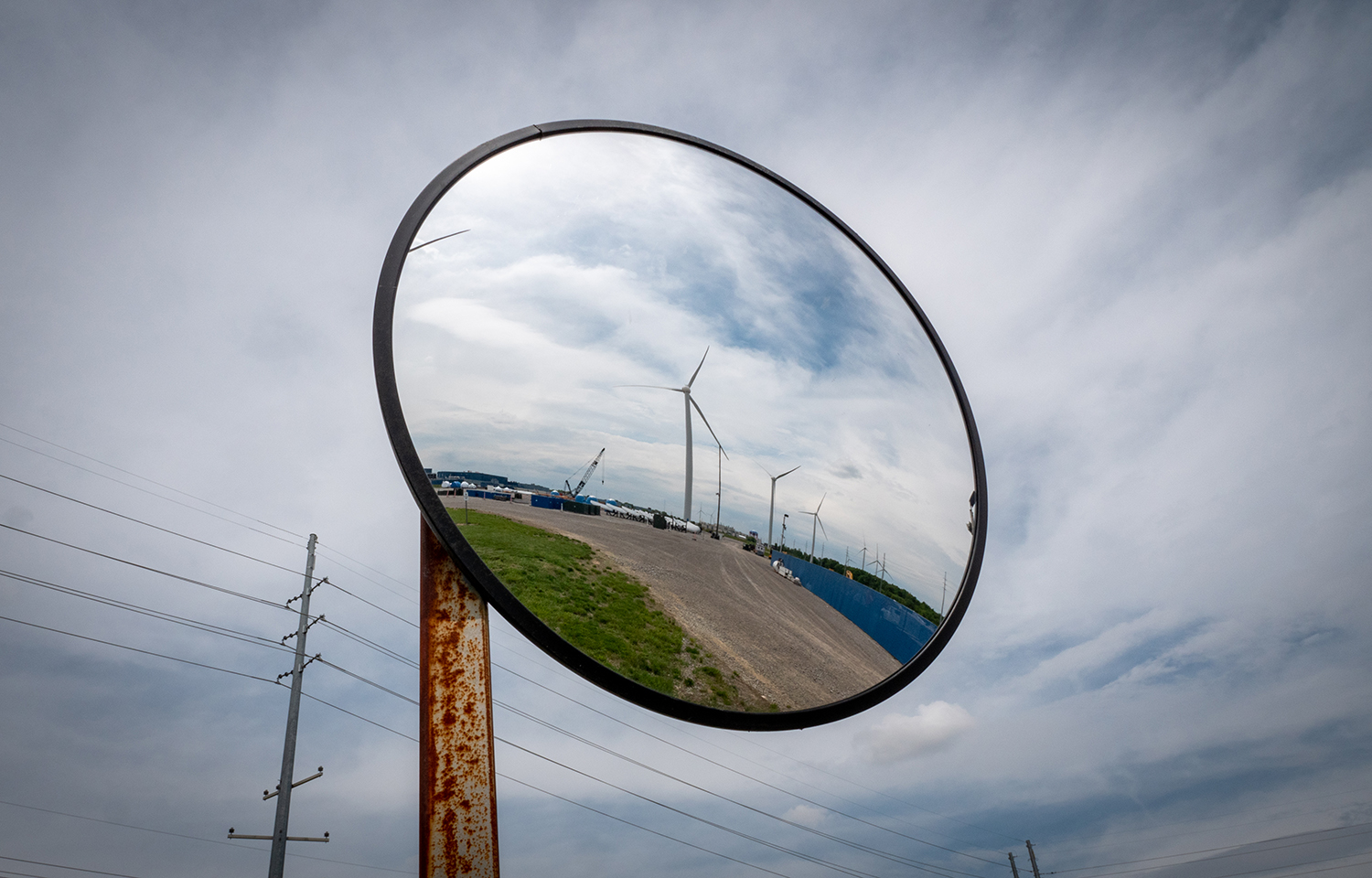I have watched it time and time again. Bosses and managers putting up toxic barriers to employees making mistakes.
It happens in many forms. There are the non-delegators: managers that don’t hand off or delegate tasks for fear of an employee messing up the project. There are the hot heads: managers that tear apart employees because the employee made a mistake or didn’t do something in the way the manager would. There are the gossipers: “Did you hear Susie did this? What a dumb mistake.” And there are the punishers: those who make it clear that mistakes will bring the risk of demotion, firing, or lack of a promotion.
I get it. Mistakes can cause all sorts of trouble. On the small end they can break things, cause the company to lose time, or cause rework. On the big end, they can be catastrophic, and depending on the industry, even a matter of life and death.
No one wants to make mistakes, and no one wants others to make mistakes.
The conundrum is that people learn the most significant lessons of their lives through making mistakes. Whether you are learning a new task, building something new, or making a decision you have never been empowered to make, you often make mistakes as you improve your skills and knowledge base. People don’t get better at something unless they do it.
Beyond the learning opportunities, being limited from making higher-level decisions or completing new tasks is demoralizing and demotivating. If you don’t empower your employees and let them make mistakes, you will deflate them, stunt their growth, and at the same time stunt the growth of your company.
So, what are managers left to do? You must create an environment where you set people up to do their best work, minimize small mistakes, eliminate big mistakes, and to do this all without you.
To start, hire great people. If the person being tasked with something is not right for that task, (either because they do not have the training, capability, or willingness to embrace the task you are giving them), there is little chance they are going to be an employee who can thrive in their position and avoid devastating mistakes without you.
Second, realize your main role as a manager is not to do – it is to train. Your company must be structured so that managers have sufficient time and opportunities to pass knowledge on and empower people to do their jobs. Otherwise, the manager is set up for failure and so are the employees they supervise.
Third, create the context for decisions. Help others see what you have seen. Tell others about the mistakes you have made. Be open. Give people the framework for what can go wrong and how dire the consequences can be when certain mistakes are made.
And finally, draw the line on mistakes. What mistakes are unacceptable? Tell people before they happen. Don’t assume it is innate knowledge.
This all may take time that you think you do not have. But in truth it is your most important role. The worst thing you can do for your company, its growth, and its future is to discourage your employees from making mistakes. Because when you are doing so, most of the time you are preventing your employees from growing and doing their jobs in the first place.
Katie Johnson Treadway is the Head of Regulatory Affairs at One Energy.
Learn more about Katie and the One Energy team.































